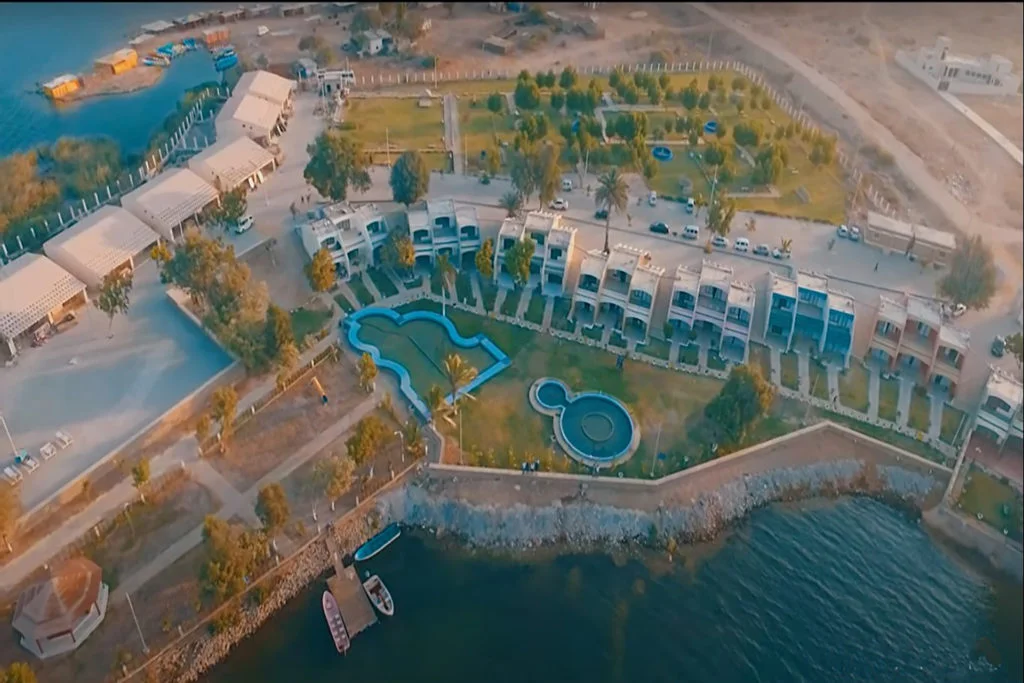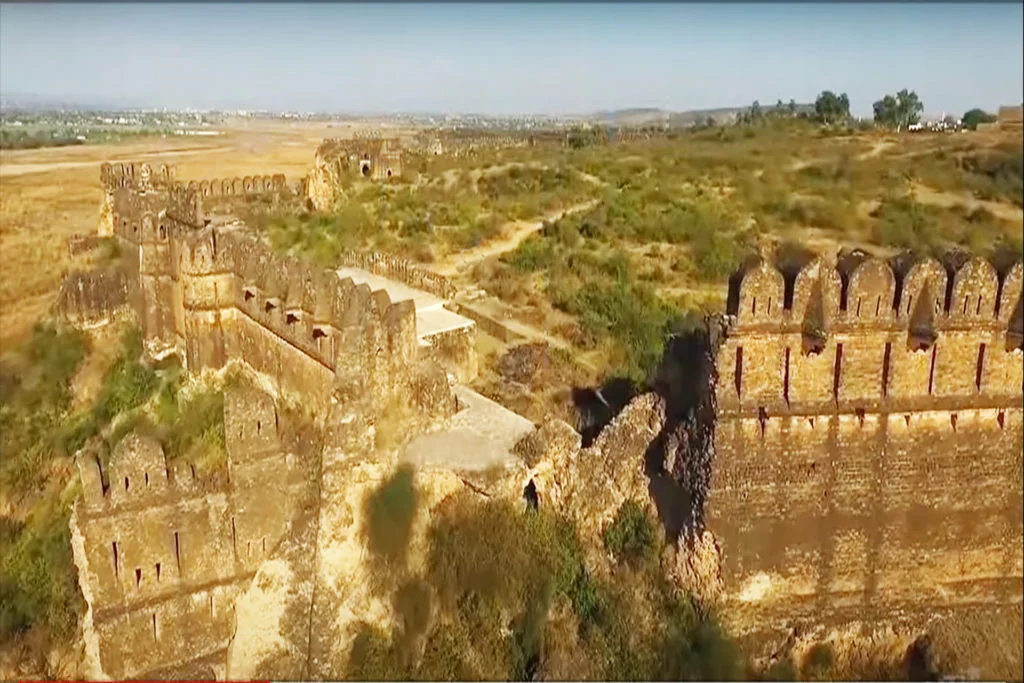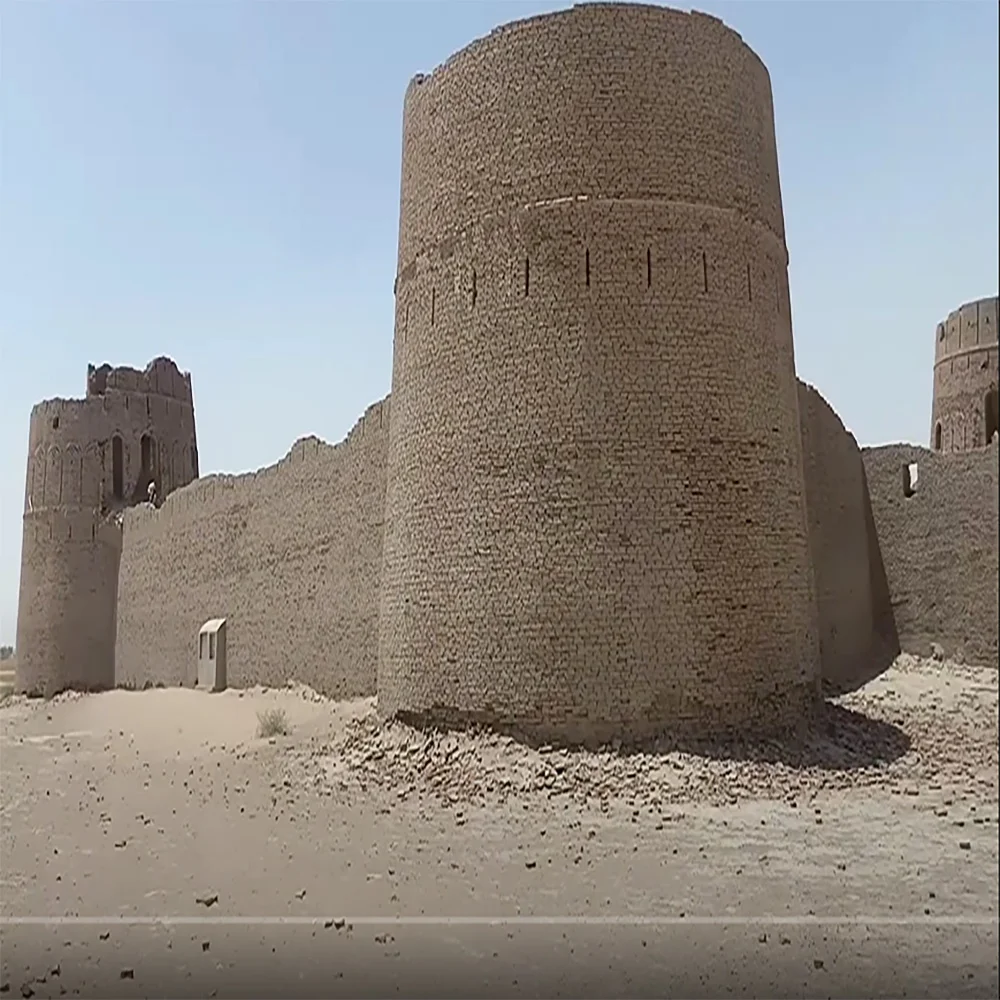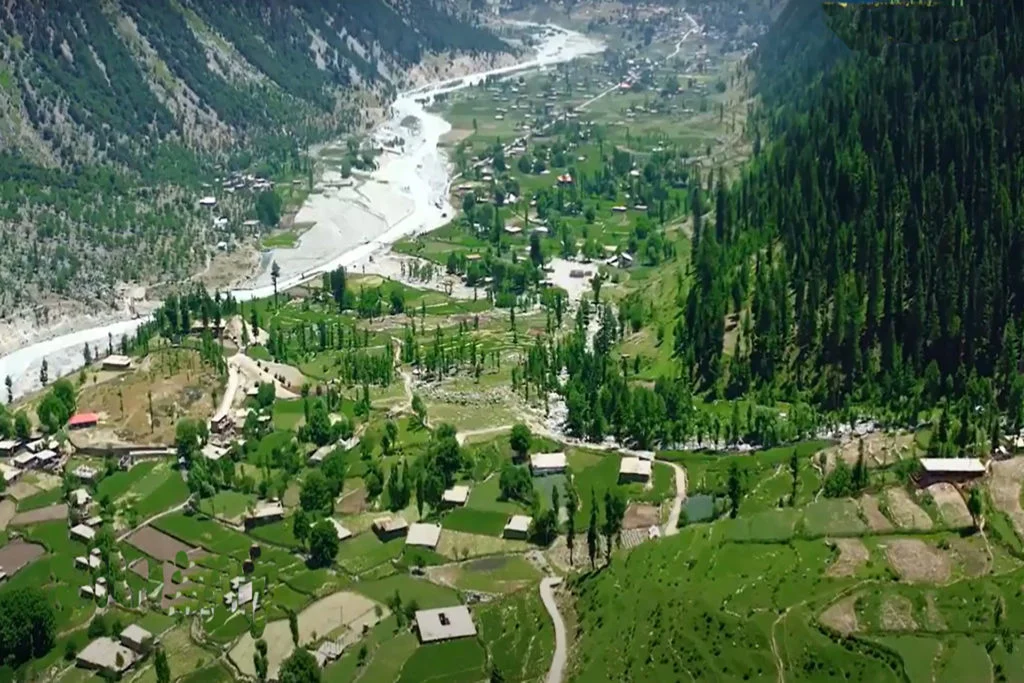The Ghaznavid Empire, spanning the 10th to 12th centuries, emerged as a formidable Islamic dynasty that left an indelible mark on the history of South and Central Asia. Founded by the ambitious warrior Mahmud of Ghazni, the empire’s rise marked a turning point in the region’s socio-cultural landscape. Known for its military prowess, scholarly patronage, and architectural achievements, the Ghaznavid dynasty played a vital role in spreading Islam and promoting a rich blend of Persian and Islamic culture across its vast dominions.
The Birth of the Ghaznavid Empire:
The Ghaznavid dynasty took root in the city of Ghazni, located in present-day Afghanistan, during the late 10th century. Mahmud of Ghazni, the empire’s founder, ascended the throne in 998 CE. Under his ambitious leadership, the Ghaznavids swiftly expanded their territory, extending their rule across parts of modern-day Iran, Pakistan, and northwestern India.
The Ghaznavid Military Might:
The Ghaznavids established their supremacy through a formidable military force. Mahmud of Ghazni was a renowned military strategist and a skilled commander. He conducted numerous campaigns to consolidate and expand his empire. The Ghaznavid army, composed of seasoned Turkic and Persian soldiers, was well-versed in mounted warfare and siege tactics. Mahmud’s military expeditions were not merely territorial conquests but also religious in nature, as he sought to spread Islam across the Indian subcontinent.
Cultural and Intellectual Patronage:
The Ghaznavid court flourished as a center of learning and culture. Mahmud of Ghazni was not only a warrior but also a great patron of the arts. His court attracted scholars, poets, and artists, fostering a vibrant cultural atmosphere. Persian poetry and literature experienced a golden age during the Ghaznavid era, with poets like Ferdowsi, the author of the epic Shahnameh (Book of Kings), gaining prominence. The Ghaznavids’ support for literature and the arts helped preserve and promote Persian culture, which had a lasting impact on subsequent dynasties in the region.
Iconoclast Conquests:
One of the significant aspects of the Ghaznavid empire was its focus on iconoclastic campaigns. Mahmud of Ghazni targeted several Hindu and Buddhist temples in northwestern India, particularly in the prosperous region of Sindh. The most notable of these campaigns was the sacking of the temple at Somnath in 1026 CE. These conquests were not merely for territorial gain but were driven by religious zeal, as Mahmud sought to assert the dominance of Islam over other religions.
Decline and Legacy:
Following Mahmud of Ghazni’s death in 1030 CE, the Ghaznavid Empire faced internal strife and external pressures from neighboring powers. The Seljuk Turks, who had risen to prominence in the region, challenged the Ghaznavids’ hold over parts of Iran and Central Asia. The empire gradually weakened, leading to the fragmentation of its territories.
Despite its decline, the Ghaznavid legacy lived on. The empire’s cultural contributions, particularly in the fields of literature and architecture, endured through subsequent dynasties. Additionally, the Ghaznavids’ aggressive military campaigns and the spread of Islam left a lasting impact on the religious and cultural landscape of South Asia.
The Ghaznavid Empire was a force to be reckoned with during the medieval period, leaving an enduring mark on the history and culture of South and Central Asia. Under the leadership of Mahmud of Ghazni, the empire thrived as a center of learning, art, and Islamic expansion. While the empire eventually succumbed to internal and external pressures, its legacy as a patron of Persian culture and a champion of Islam lives on, reminding us of its influential role in shaping the region’s history.






